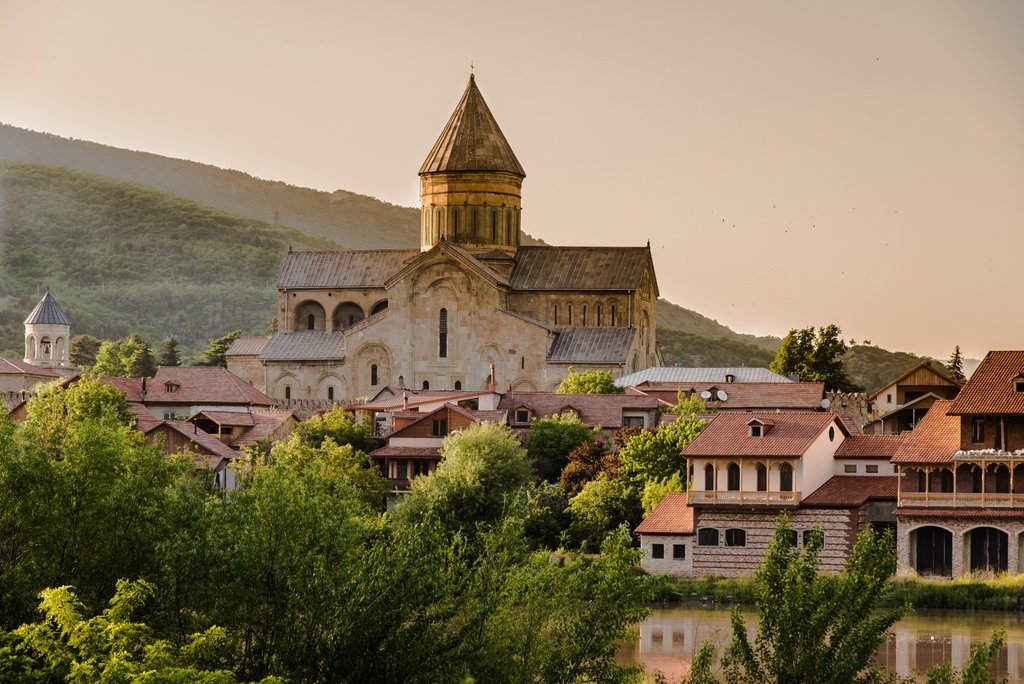We cordially invite you to the opening of the anniversary group show “Sediments” on the occasion of 10 years LIA on 8 March 2018 at 7pm in the exhibition space “Werkschau” at Spinnerei Leipzig!
Source: Anniversary Exhibition Celebrating 10 Years LIA
Opening & tour through the Exhibition
in conversation with cultural protagonists of the city of Leipzig
Thursday, 8 March 2018 at 7pm
Location: Spinnerei Werkschau (hall 12)
Exhibition runs: 9 March – 24 March 2018
Open: Thursday – Saturday, 11am – 6pm
and on request
Sediments - Anniversary Exhibition celebrating 10 years LIA Leipzig International Art Programme
Many artists work intermittently outside of cultures familiar to them. The LIA residency - Leipzig International Art Programme, has supported this form of artistic nomadism for now ten years. Over 200 artists from more than 40 nations have been through this program, enabling them a working stay of three or six months in the Leipziger Baumwollspinnerei, the former cotton mill - now cultural hub of international renown. For some artists, this opportunity marked a new chapter of their professional life. The change of location, a studio, as well as the supportive benefit of visits from guest critics.
The exhibition, on the occasion of the tenth anniversary of the LIA residency, focuses on that which the artists, as cultural ambassadors, have taken with them on their journey, and from which they make visible fragmentarily in their Leipzig work - like sediments, deposits of substances; traces that remain after departing elsewhere. In their trans-cultural context, the artists' works become indicators of political, economic or ecological processes, operating as aesthetic speculations of further developments. The exhibition covers all mediums of contemporary art, and shows a selection of works from over 50 international awardees of the LIA programme.
We cordially invite you to the opening of the exhibition on 8 March 2018 at 7pm in the Spinnerei Werkschau.
Anna-Louise Rolland, LIA director / founder
Laura Bierau, LIA programme coordinator
Artists:
Katie Armstrong (USA), Catalina Bauer (Chile), Eva Borner (Switzerland), Tamar Botchorishvili (Georgia), Nadja Bournonville (Sweden), Osvaldo Budet (Puerto Rico), Connor Calhoun (USA), Ian Cao (USA/China), Francesco Cincotta (USA/Italien), Ryan Daffurn (Australia), Martin Daiber (Chile), Mitja Ficko (Slovenia), Aika Furukawa (Japan), Elisabeth Glassner (USA), Nikita Kadan (Ukraine), Zhanna Kadyrova (Ukraine), Madeleine Kelly (Australia), Alison Kennedy (Australia), David Ashley Kerr (Australia), Tinatin Kiguradze (Georgia), Trevor Kiernander (Canada), Jaebum Kim (South Korea), David Kukalashvili (Georgia), Luiza Laperadze (Georgia), Sophia Lapiashvili (Georgia), Gyeore Lee (South Korea), Kylie Lefkowitz (USA), Euan MacLeod (Australia), Jordan Marani (Australia), Elisabeth Moritz (Sweden), Darren Munce (Australia), Lada Nakonechna (Ukraine), Alexander Povzner (Russia), Raiya Al Rawahi (Sultanat Oman), Sarina Scheidegger (Schweiz), Simon Sieradzki (Australia), Douglas Stichbury (New Zealand), Julia Stoddard (USA), Simon Tatum (Cayman Islands), Brooke Tomiello (USA), Shonah Trescott (Australia), Guram Tsibakhashvili (Georgia), Samuel Vanderveken (Belgium), Taylor Varous (USA), Andrea Garcia Vasquez (USA), Jahnne Pasco-White (Australia), Antonia Wright (USA), Jahangir Youssif (Aserbaidschan)
Sowie als Teil des Grafikprojekts / And as part of the graphic project
„Die Sprache Radierung – Radierungen 10. New York – Leipzig":
Marcelo Daldoce (USA), Franziska Holstein (Leipzig), Volker Hüller (USA), John Jacobsmeyer (USA), Henriette Grahnert (Leipzig), Bastian Muhr (Leipzig), Maria und Vldao Ondrej (Leipzig), Charlotte Seghall (USA), Matthias Weischer (Leipzig)
Website: liap.eu/sediments - anniversary group show on the occasion of 10 years lia
Gastland Frankfurter Buchmesse 2018 Warum Georgien auf die EU hofft
Hochgebirge in Georgien Tuschetiens heilige Orte
Kulturkampf in Georgien Der Ritter im Tigerfell hat ausgedient



















